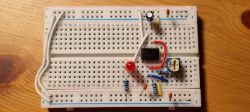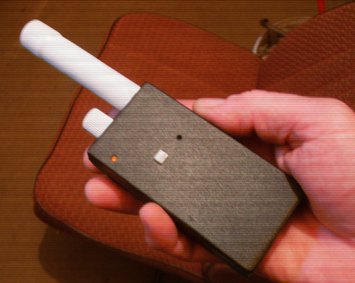
It is an auxiliary miniature metal detector that is used for precision
the location of small metal objects in the ground. With it, too
we will determine the location of metal pipes in the wall or reinforcement bars in the ceiling,
which is important when drilling holes there.
Low-cost detectors and pinpointers as well as similar devices available for sale,
whose descriptions and diagrams can be easily found on the Internet, work on a principle
detuning of the LC circuit due to bringing the metal closer to L (coils - probes).
The short range and strong susceptibility to the influence of the ground (earth) is their main disadvantage.
The presented device works on a different principle. It has two coils of which
one is the transmitter and the other is the receiver. Their mutual arrangement is such that
that the influence of the transmitting coil on the receiving coil is minimal. Metal object,
near them will upset this balance, causing them to grow
amplitude and phase shift of the transmitter signal induced in the coil
receiver (very simplified).
This rule allows for much greater ranges as well
minimizing the impact of soil mineralization on the detector operation.
Unfortunately, it comes at a cost with the difficulty of making - especially the probe!
The schematic diagram of the device (attached) is very simple.
Basic features
- operating mode - static
- 10kHz frequency
- ranges - 1 grosze over 5cm, 5gr- 6cm, for large objects over 20cm
- does not react to stones containing iron compounds
- low power consumption (9V - approx. 7mA)
- a tiny plate (8.5cm x 1.7cm)
- sound signaling and LED diode (you can add vibrator)
- the shape of the probe allows you to bury in the ground
- low cost - made of readily available elements
Some details in the photos.
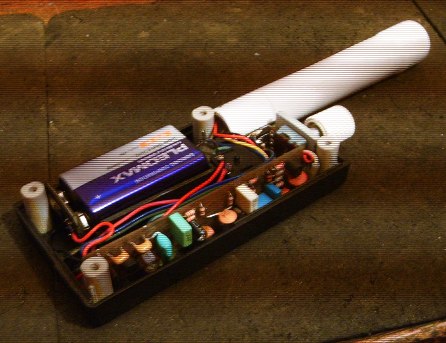
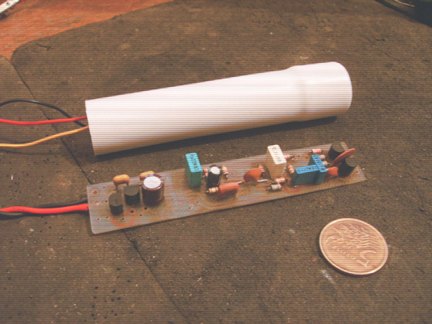
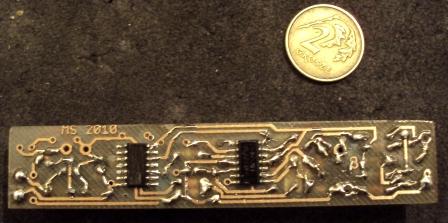
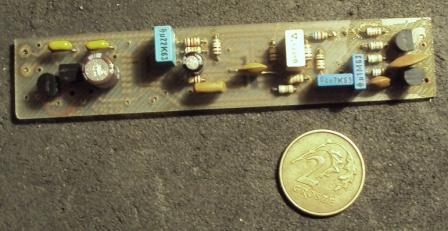
Cool? Ranking DIY




